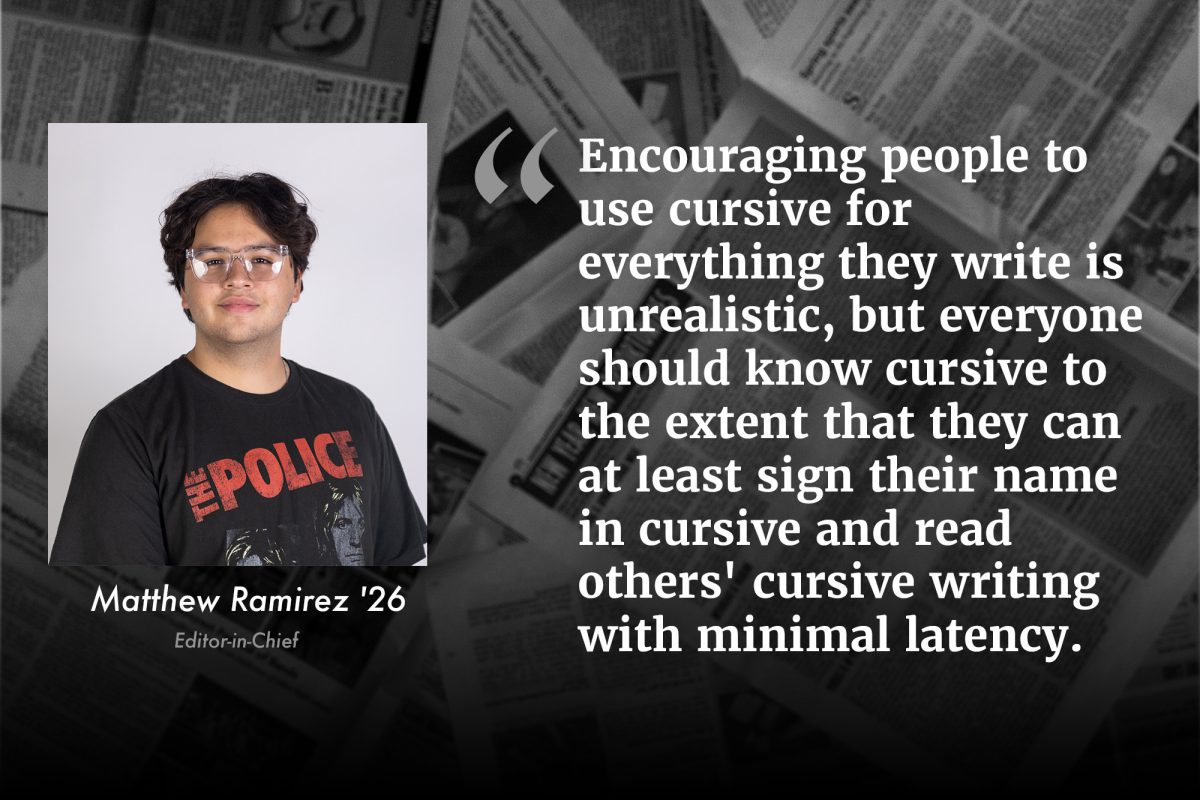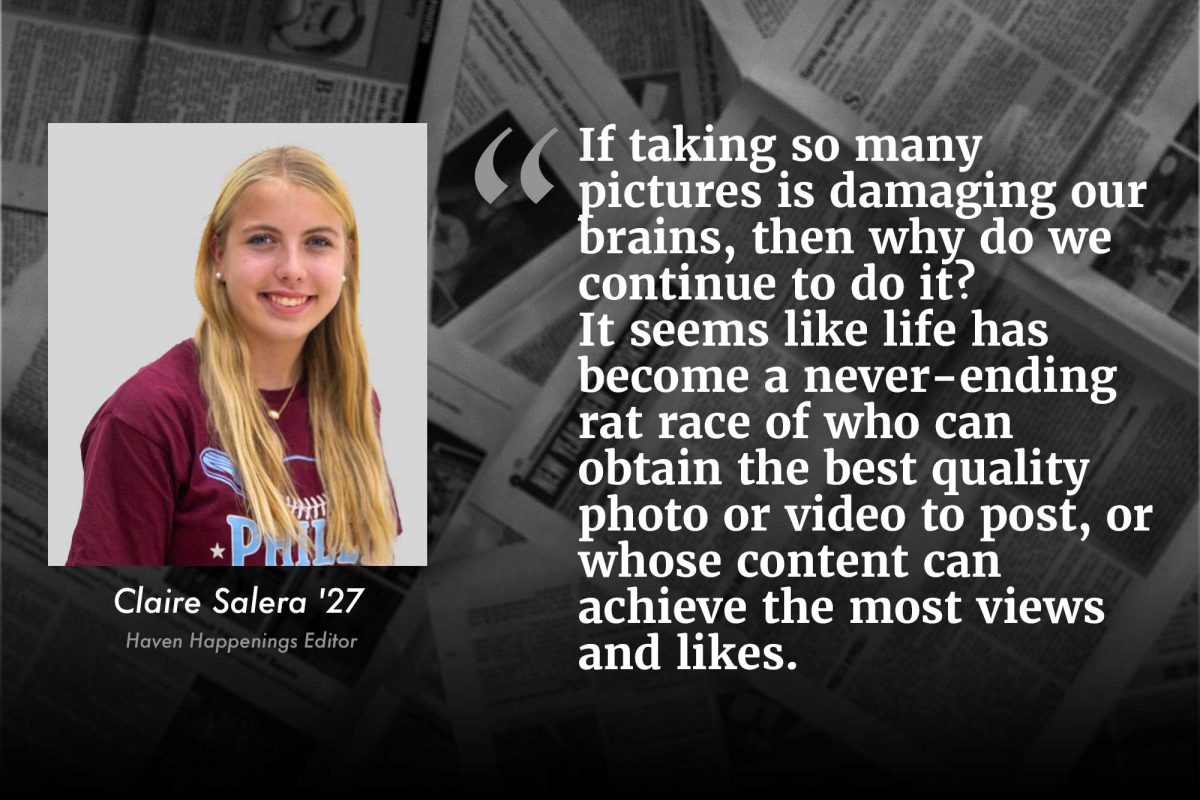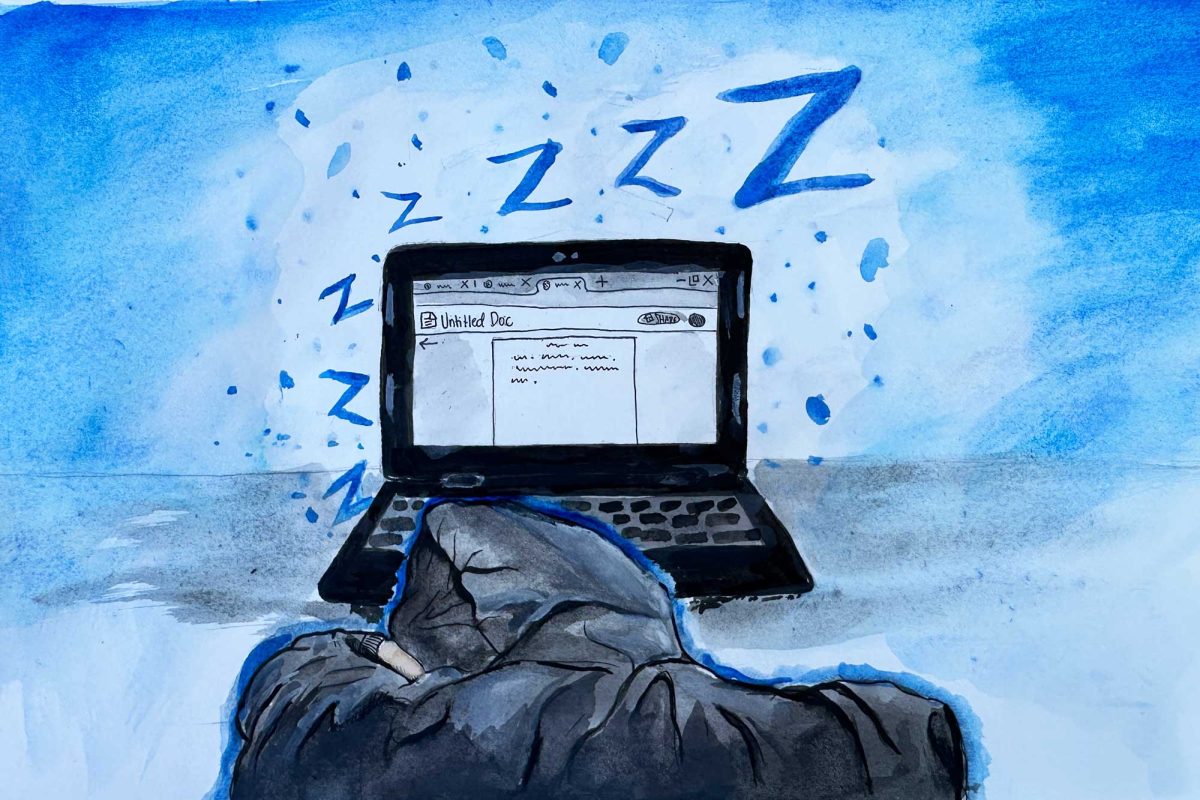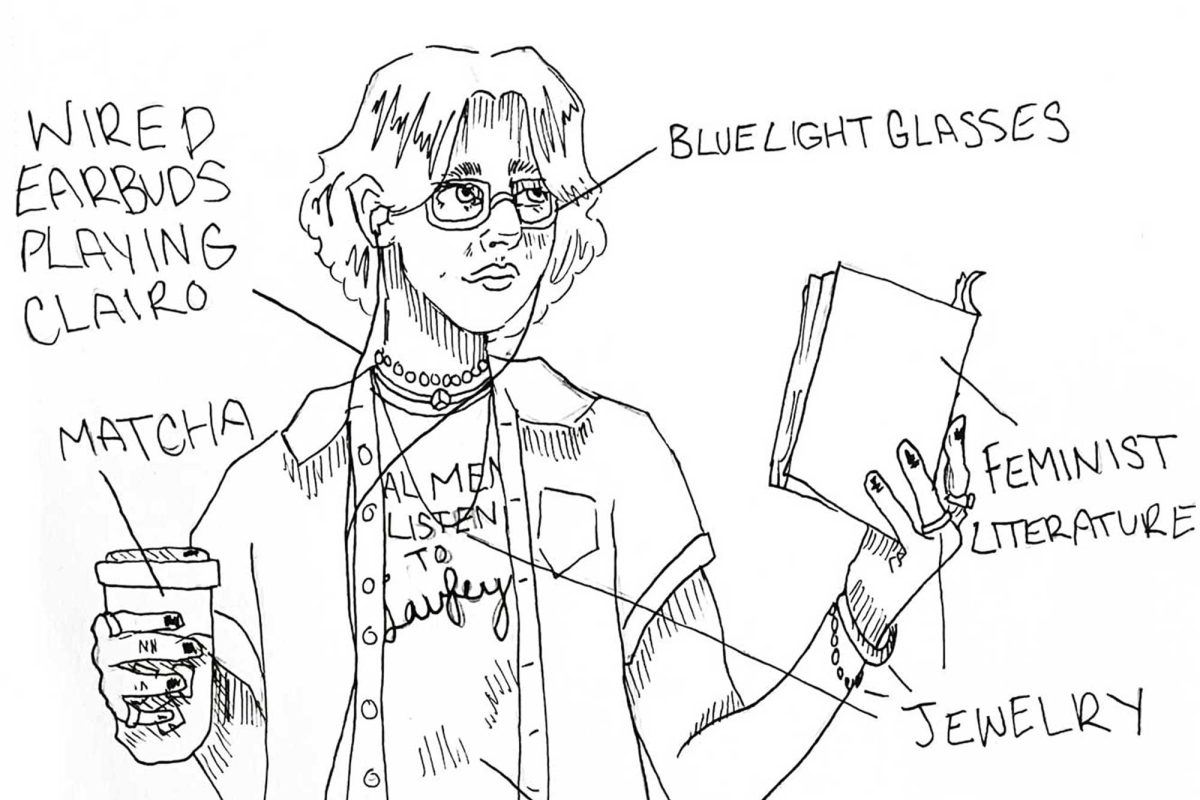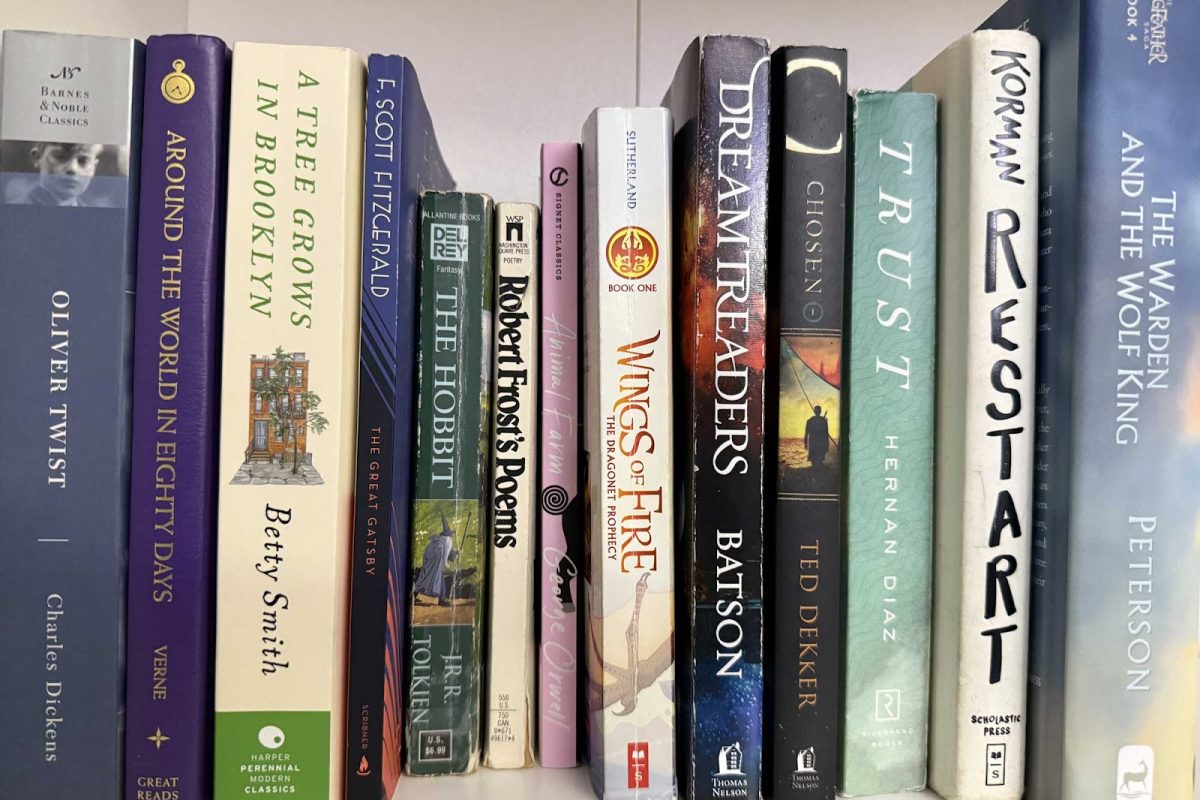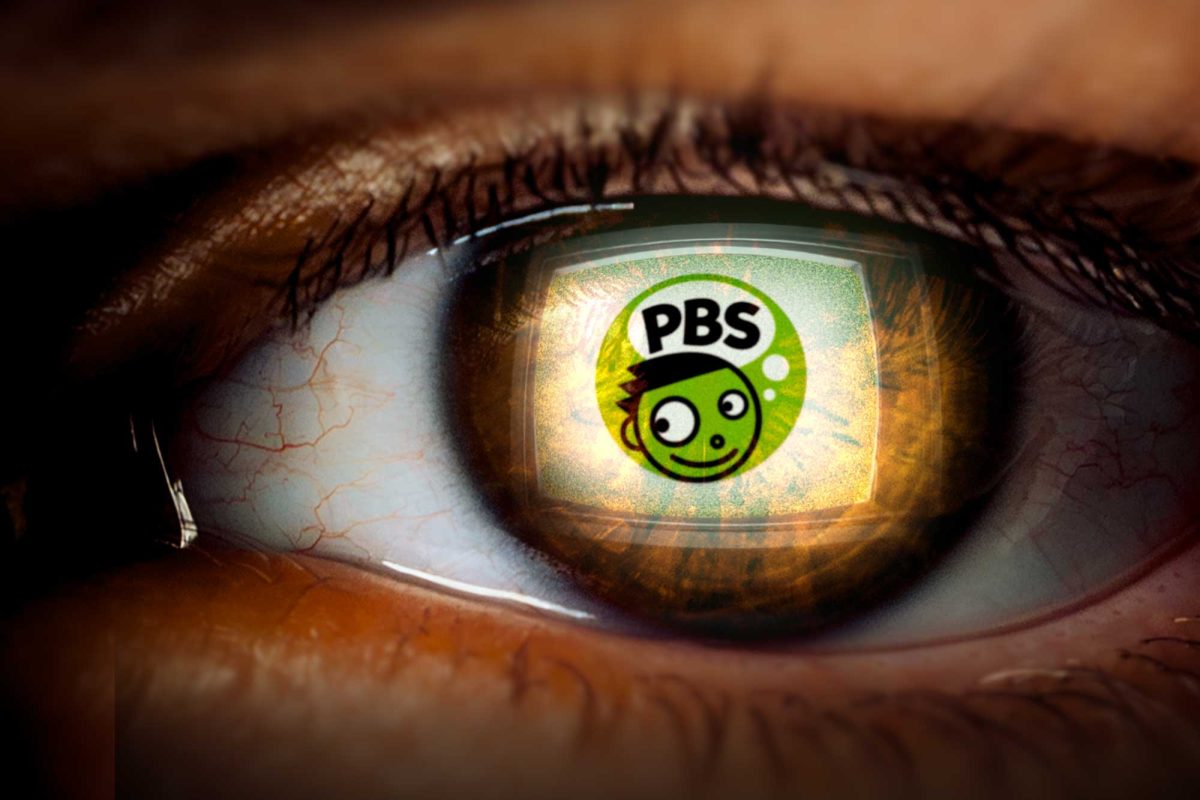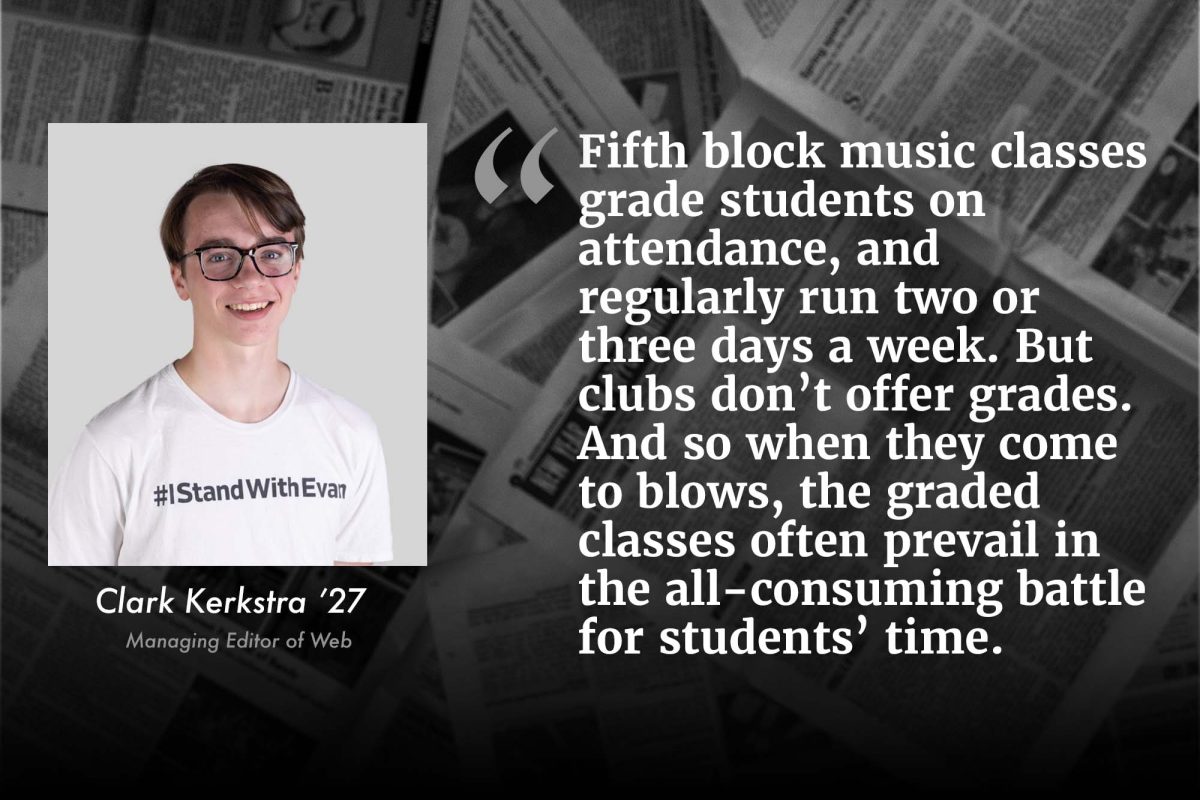Those connected letters with sweeping lines look fancy, but it was once the standard. Cursive needs to make a comeback in schools and real life.
Cursive can help you in real-life scenarios, improve brain chemistry, and represent something valuable in our lives.
While cursive writing dates back to ancient Roman and Greek scripts, Platt Rodgers Spencer developed a style of handwriting called Spencerian penmanship. The style was popularized in the mid-1800s, consisting of even letter spacing linked by loops, curves, fluid nature, and streamlining other modes of writing. It eventually evolved into the Palmer method, a simpler and faster system of writing that set the standard for handwriting in classrooms across America.
As new technologies evolved, schools started to include instruction on how to use keyboards and screens alongside handwriting instruction.
Fast forward to today, and cursive handwriting is no longer a part of the Common Core Standards for K-12, which was removed in 2010. As a result, thousands of people are unfamiliar with this form of communication.
Cursive can be slower and difficult for those with limited motor skills, and it seems less necessary because of the rise in typing and computing. But cursive still has benefits for the human brain. Writing and regularly practicing cursive have been proven to improve brain development, fine motor skills, and memory retention.
Learning to read and write cursive can also help you read heartfelt birthday card messages from your grandparents, read old foundational documents like the Declaration of Independence in history class, or put down the John Hancock when signing for your driver’s license.
You might still use cursive when taking a quick note or sitting through an 80-minute lecture in one of your classes, or when you are feeling more experimental and want to add a flair of personality to your handwriting.
But it is no longer our standard means to express ourselves in writing.
The decline in cursive represents a broader loss of humanity in our lives. As technology and globalization continue to influence our world, cursive has become another human thing lost to the past. Keeping it alive keeps us human.
Encouraging people to use cursive for everything they write is unrealistic, but everyone should know cursive to the extent that they can at least sign their name in cursive and read others’ cursive writing with minimal latency.
Consider purchasing cursive workbooks, watching tutorial videos, and catching up on how-to guides to help you learn to read and write in cursive. There is no one-size-fits-all solution here, so it’s important to choose the learning style that will suit you best.
I’m not perfect, nor am I labeling myself the cursive master by any means. I was fortunate to receive cursive handwriting education during a unit in my third-grade class. I was taught by a passionate teacher who, even if cursive was not a requirement, showed and instilled this form of writing into me. It was enough that I could appreciate and understand its importance in real life.
I can write a birthday letter to my mom, and she can read my handwriting. I can take notes in class, and words flow effortlessly. And I can use pen and paper when some things are better written outside my Notes app.
As cursive becomes less popular, we lose a part of ourselves and the ability to connect with something so simple and human.



